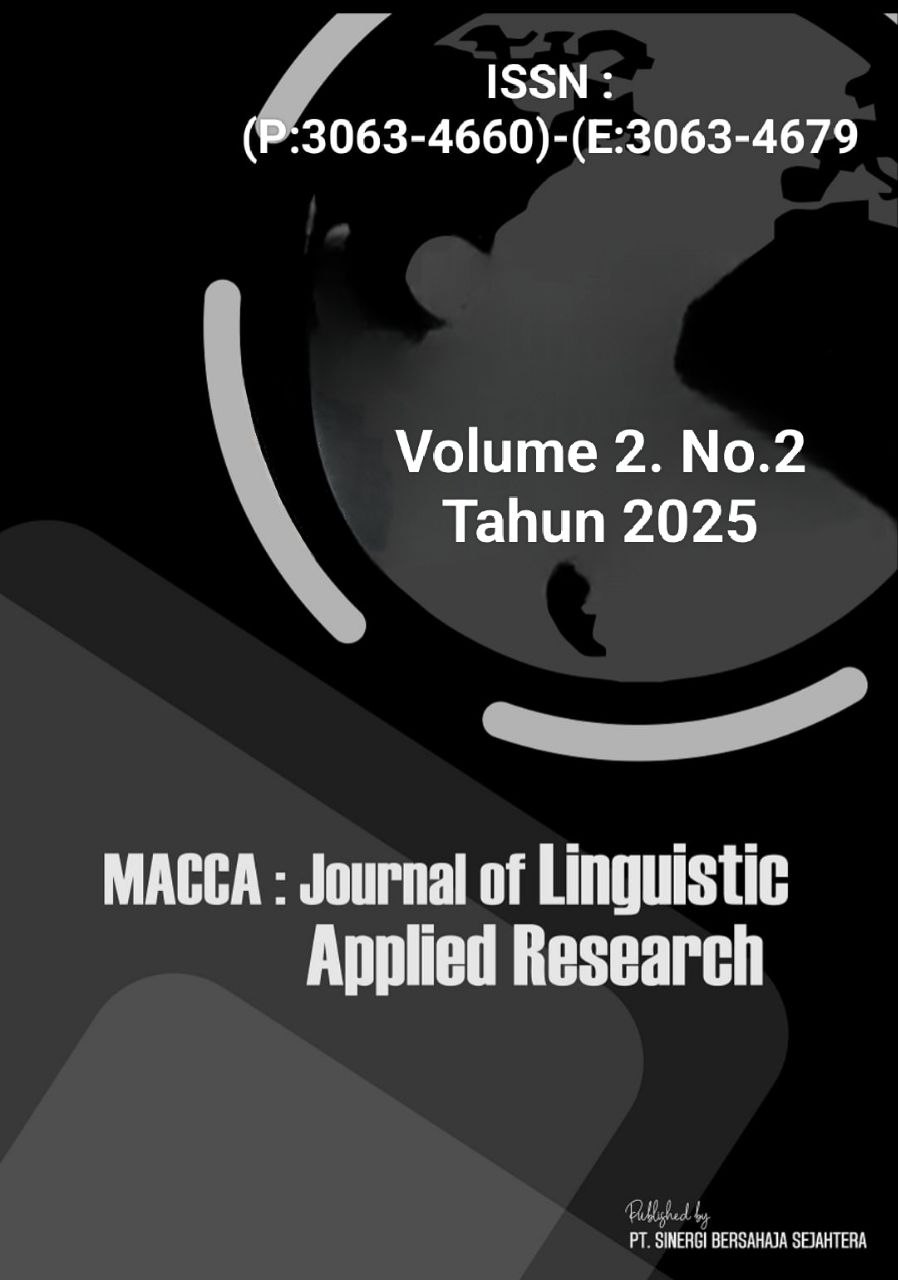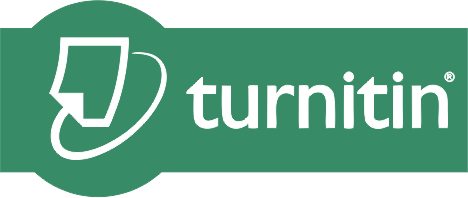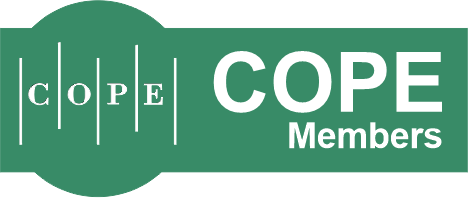Enhancing 9th Grade Vocabulary With Fun Crossword Puzzle At UPT SMPN 7 Satap Maiwa
Keywords:
Enhancing,Vocabulary, Crossword Puzzle, SMPN 7 satap maiwaAbstract
This study aims to enhance the vocabulary mastery of 9th-grade students at SMP 7 Satap Maiwa through the use of fun crossword puzzles as a learning medium. The main problem faced by the students was the limited English vocabulary, which hinders their reading, writing, and speaking skills.
The research employed Classroom Action Research (CAR) with two cycles, consisting of planning, implementation, observation, and reflection stages. The participants were 9th-grade students of SMP 7 Satap Maiwa in the 2024/2025 academic year. Data were collected through vocabulary tests, observations, and interviews.
The findings revealed that the consistent application of crossword puzzles significantly improved students’ vocabulary mastery, as indicated by the increase in average vocabulary test scores in each cycle and the rise of students’ learning motivation. Therefore, crossword puzzles are proven to be an effective and creative learning strategy for enhancing students’ English vocabulary.
The average scores of the learners' tests (pre- test and post-test) provide support for this. The Sample use 15 students experiment class and 15 students control group. Compared to the pre-test and post-test of experiment class score was 68,66, the post-test mean score was greater was 86,33, also for pre-test and pot-test of control class was 57,66 and 82,66. The paired sample T-test revealed paired differences to know the identical variances based on the SPSS version 30 results. It was evident from Table 4.7 that the significance level was 0.001. It shows that 0.001 < 0.05. Since there was less than a 0.05 level of significance, the H0 was rejected and the H1 was accepted.
References
Abdul Jalil Jum’uatullaila, Buhari, Syahrir L, & Sam Hermansyah. (2025). The Influences of Using Quizizz in Student’s English Learning Outcomes. INTERACTION: Jurnal Pendidikan Bahasa, 12(1), 1030–1040. https://doi.org/10.36232/interactionjournal.v12i1.3526
Aeborsold, J. A., & Field, M. L. (1998). From Reader to Reading Teacher. New York: Cambridge University Press.
Astriyanti, D., & Anwar, K. (2016). Improving Students’ Ability in Vocabulary Mastery Through Index Card Match. Edukasi: Jurnal Pendidikan, 14(1), 40–52. https://doi.org/10.31571/edukasi.v14i1.284
Azar, A. S. (2012). The Effect of Games on EFL Learners’ Vocabulary Learning Strategies. International Journal of Basic and Applied Science, 1(2).
Bauer, L. (1998). Vocabulary. London and New York: Routledge.
Bellis, M. (2013). The History of Crossword Puzzles. Retrieved from http://inventors.about.com/
Brooks, N. (1964). Language and Language Learning. New York: Harcourt, Bruce & World Inc.
Brown, J. D., & Rodgers, T. S. (2002). Doing Second Language Research. New York: Oxford University Press.
Buhari, Sam Hermansyah, Ibrahim Manda, Rustam Efendi, Nuraini K, Muhammad Hanafi, & Muliani. (2024). The Relationship Between Professional Competence Acquired Through the Teacher Professional Education (PPG) Program and Teaching Readiness of Teachers at SMP Negeri 6 Pangkajene Sidrap. INTERACTION: Jurnal Pendidikan Bahasa, 11(2), 760–767. https://doi.org/10.36232/interactionjournal.v11i2.633
Cameron, L. (2001). Teaching Language to Young Learners. Cambridge: Cambridge University Press.
Childers, C. D. (1996). Using Crossword Puzzles as an Aid to Studying Sociological Concepts. Teaching Sociology, 24(1).
Christensen, L. B. (2006). Experimental Methodology (10th ed.). New York: Pearson.
Departemen Pendidikan Nasional. (2006). Standar Isi untuk Satuan Pendidikan Dasar dan Menengah (Standar Kompetensi dan Kompetensi Dasar SMP/MTs, BSNP). Jakarta: Badan Standar Nasional Pendidikan.
Elliot, G. (2010, March 23). Brief History of Crossword Puzzle. Retrieved from http://www.crosswordtournament.com/more/wynne.html
Ersoz, A. (2000). From Six Games for the EFL/ESL Classroom. The Internet TESL Journal, 6.
Fachrozi, I. F., et al. (2021). The Use of Crossword Puzzles as the Way to Increase Students’ Vocabulary Mastery at SMA Taman Siswa Binjai. Linguistic, English Education and Art (LEEA) Journal, 4(2), 249–256. https://doi.org/10.31539/leea.v4i2.1851
Griffe, D. T. (1992). Songs in Action. UK: Prentice Hall International Ltd.
Hadfield, J. (1999). Intermediate Vocabulary Games. Essex: Pearson Education Limited.
Jihan Nurfadillah, Buhari, Lababa, Syamsu T, & Sam Hermansyah. (2024). Examining Students’ Skills in Differentiating the Meaning Relations of Homonyms, Homophones, and Homographs. INTERACTION: Jurnal Pendidikan Bahasa, 11(2), 969–980. https://doi.org/10.36232/interactionjournal.v11i2.1306
Nurteteng, N., & Nopitasari, D. (2019). The Use of Crossword Puzzle Towards the Students’ Vocabulary. Interaction: Jurnal Pendidikan Bahasa, 6(1), 9–17. https://doi.org/10.36232/jurnalpendidikanbahasa.v6i1.284
Rizqi, F., & Usman, S. (2021). The Effectiveness of Using Crossword Puzzle Game to Increase Students’ Vocabulary. English Language Teaching Society, 9(1), 92–100.
Rohmatillah, R. (2014). A Study on Students’ Difficulties in Learning Vocabulary. English Education: Jurnal Tadris Bahasa Inggris, 6(1), 75–93. https://doi.org/10.36232/jurnalpendidikanbahasa.v6i1.284
Roy, Andi Sadapotto, Sitti Aisa, & Sam Hermansyah. (2025). Investigating The Effect Of Flashcard Towards Efl Learns Vocabulary Mastery At SMP 2 Batu Satap Leppangeng. Macca: Journal of Linguistic Applied Research, 2(2). Retrieved from https://journal.adityarifqisam.org/index.php/macca/article/view/183
Riska Wati, Sam Hermansyah, Isumarni, & Sitti Aisa. (2025). The analysis of students’ interest In learn English of SMPN 6 Satap Baraka. Macca: Journal of Linguistic AppliedResearch, 2(1).Retrievedfrom https://journal.adityarifqisam.org/index.php/macca/article/view/150
Sam Hermansyah, Syamsu T, Syamsunir, Winda Pratiwi, K., Hamka, N., & Ramli, R. (2025). Improvement of Vocational Skills of SMK Muhammadiyah Rappang Students Through an Entrepreneurship-Based Training Program in Pancarijang District, Sidenreng Rappang Regency . Unram Journal of Community Service, 6(2), 326–333. https://doi.org/10.29303/ujcs.v6i2.987
Sugiyono. (2011). Metode Penelitian Kuantitatif, Kualitatif dan R&D. Bandung: Alfabeta.
Sugiyono. (2016). Metode Penelitian Kuantitatif, Kualitatif, dan R & D. Bandung: Alfabeta.
Suharsimi Arikunto. (2002). Metodologi Penelitian. Jakarta: PT Rineka Cipta.
Suleha, Yusmah, Aswadi, Jumiati, Muhammad Hanafi, Sam Hermansyah, & Erma. (2024). Analysis of the Implementation of Educational Technology in the Teacher Professional Education Program to Enhance Teachers’ Digital Literacy at UMS Rappang. INTERACTION: Jurnal Pendidikan Bahasa, 11(2), 735–742. https://doi.org/10.36232/interactionjournal.v11i2.631
Downloads
Published
How to Cite
Issue
Section
License
Copyright (c) 2025 Yusran, Buhari, Sam Hermansyah, Nur Hikmah

This work is licensed under a Creative Commons Attribution-ShareAlike 4.0 International License.



































